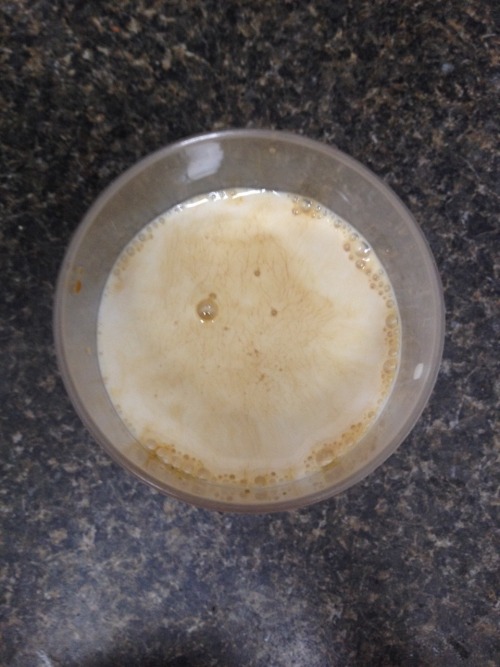Given yesterday's sepulchral introduction to the afterlife, it should come as no surprise that one of the first residents to greet us bore an uncanny resemblance to Cthulhu.
I mentioned a few days ago that carbonate rocks are uncommon in Oregon. There are several reasons for that. First, Oregon is overwhelmingly dominated by fairly young (Cenezoic) volcanic rocks. That doesn't necessarily preclude carbonates, but it does mean older rocks are largely obscured under the various younger volcanic products. Second, the sedimentary rocks we do have are overwhelmingly terrigenous (derived from land erosion) in origin. Carbonates tend to occur in areas or time intervals with little terrigenous deposition, and tend to be obscured when that input is large. To be clear, many of our shallow water sedimentary rocks have plenty of calcite and such minerals in them, but they're a tiny fraction of the overall rock mass. Third, because carbonate minerals have a gas, carbon dioxide, as a major component, they're less soluable- that is, more likely to precipitate out of solution- when the water is warmer. As a general rule of thumb, large deposits of bedded carbonate rocks indicate warm, tropical marine environments. For most of Oregon's history, the region has been too far north to be a hospitable environment for large scale carbonate deposition.
The exceptions, largely here in the Klamath Mountains, and in the northeastern portion of the state, in the Blue Mountains, consist of bits of plate that originated closer to the tropics, then drifted north on plate tectonic conveyors, and were accreted as terranes to the region we now call Oregon. As a result, much of what was originally limestone was metamorphosed during accretion to marble. Many people are familiar with limestone caverns, but this is a marble cavern.
Photo unmodified. May 9, 2013. FlashEarth Location. (Since we're underground, I have only a vague idea where this is with respect to the surface.)
Is This Your Hat?
11 years ago

































































